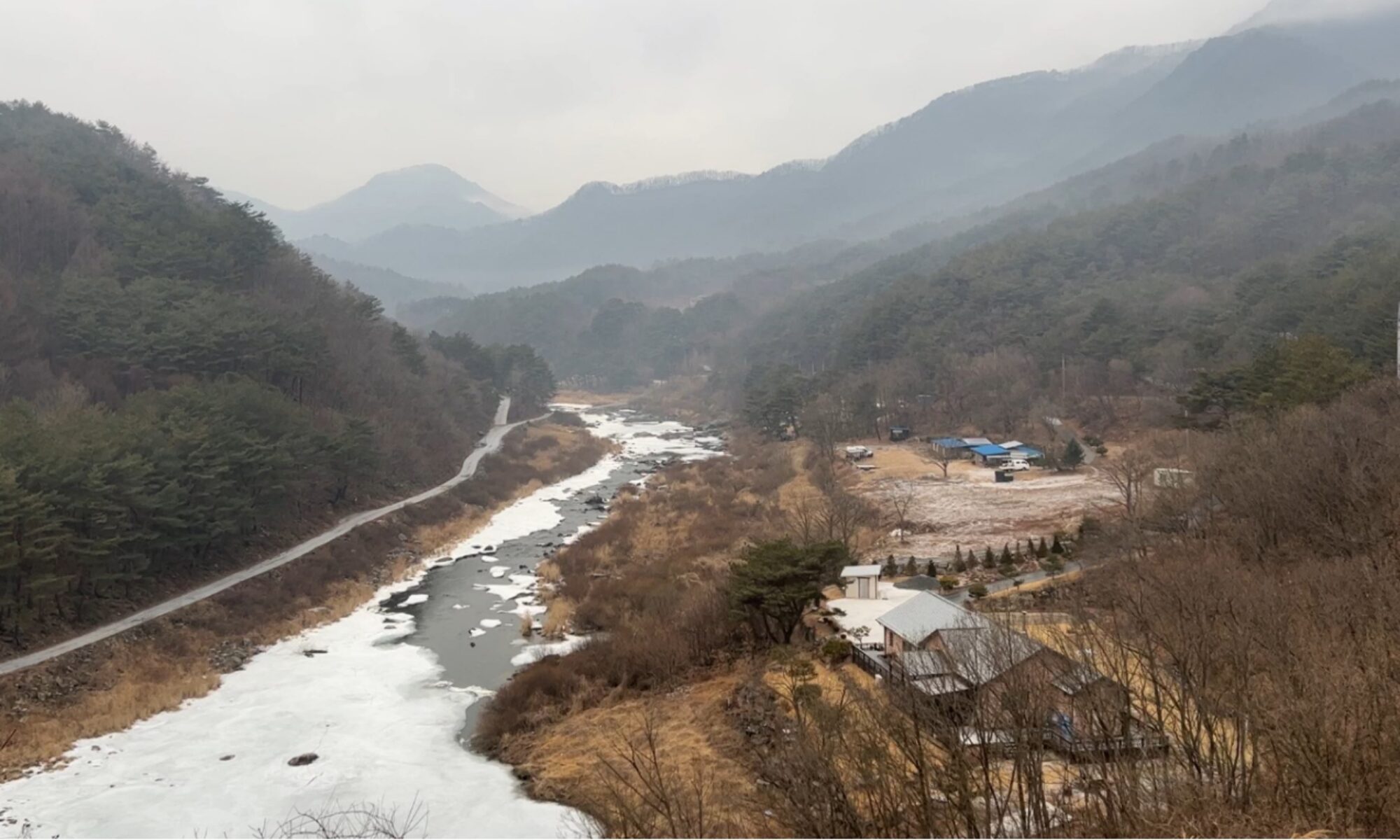
We are pleased to announce that our paper, “Geomorphological Review of the Mountain Ridge Systems on the Korean Peninsula and Exploration of Methods for Establishing a More Scientific System (한반도 산줄기 체계에 대한 지형학적 검토와 과학적인 체계 정립 방안 모색)”, submitted to the Journal of the Association of Korean Geographers (한국지리학회지) was accepted last week.
Since last November, Jongmin and Juyeon have been carrying out together the first year of the ‘Forest Watershed Digital Mapping Project (산림수계수치지도 구축)’ commissioned by the Korea Forest Service’s (산림청) Landslide Prevention Division (산사태방지과), during which we have been revisiting the mountain ridges of the Korean Peninsula from a geomorphological perspective. Special thanks to Juyeon for his hard work, particularly in analyzing mountain ridges from extensive DEM data and developing the morphology-based classification system for mountain ridges. The article will appear in Vol. 14, No.2, scheduled for publication on June 30. The abstract of the article is below:
The traditional Sangyeongpyo (산경표) mountain ridge system, which has greatly influenced public perceptions of mountain terrain in Korea, has long been overlooked in Korean geomorphological research. As a result, the geomorphological significance of key elements of this system, particularly the Baekdudaegan (백두대간) and the hierarchical relationships between the Daegan (대간) and Jeongmaeg (정맥) ridges, remains unclear, and no scientific guidelines have yet been proposed regarding how the mountain ridge system of the Korean Peninsula should be further developed. To address these issues and to establish a more scientific and practically applicable mountain ridge system for the Korean Peninsula, this study (1) examined the hierarchical structures of major existing mountain ridge systems; (2) conducted comparative geomorphological analyses of the hierarchical characteristics of these systems; and (3) estimated the minimum threshold drainage area required to delineate the lowest-order mountain ridges that are morphologically distinguishable from higher-order ridges. The results suggest that a future mountain ridge system for Korea should inherit the hierarchical framework of the traditional Sangyeongpyo while integrating a divide-network approach and hierarchical classification of ridge segments, which more accurately represents ridge elevation and magnitude. Furthermore, our analyses indicate that, in order to derive geomorphologically meaningful ridge hierarchies, the minimum threshold drainage area for delineating mountain ridges should be at least 1km^2.
